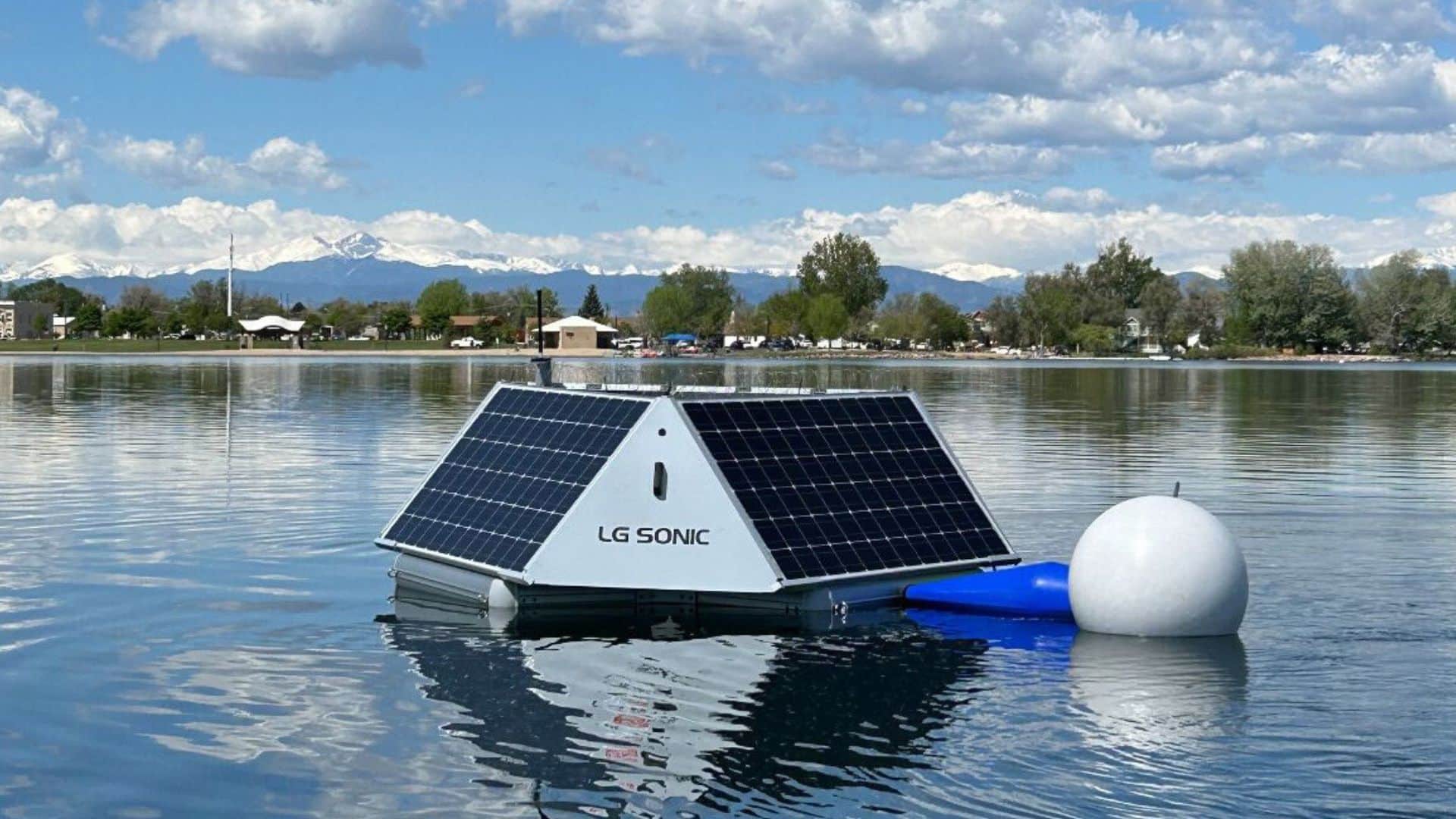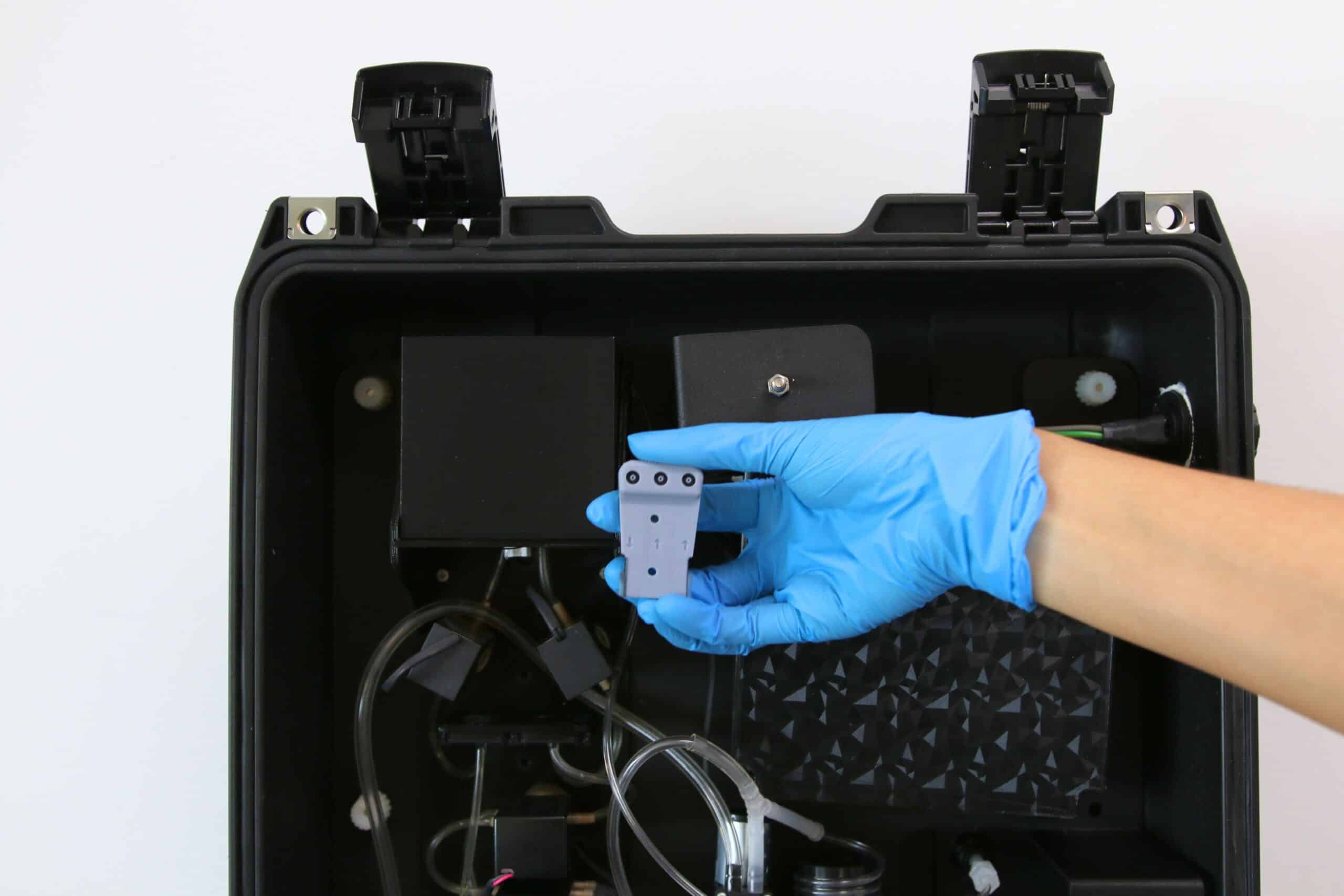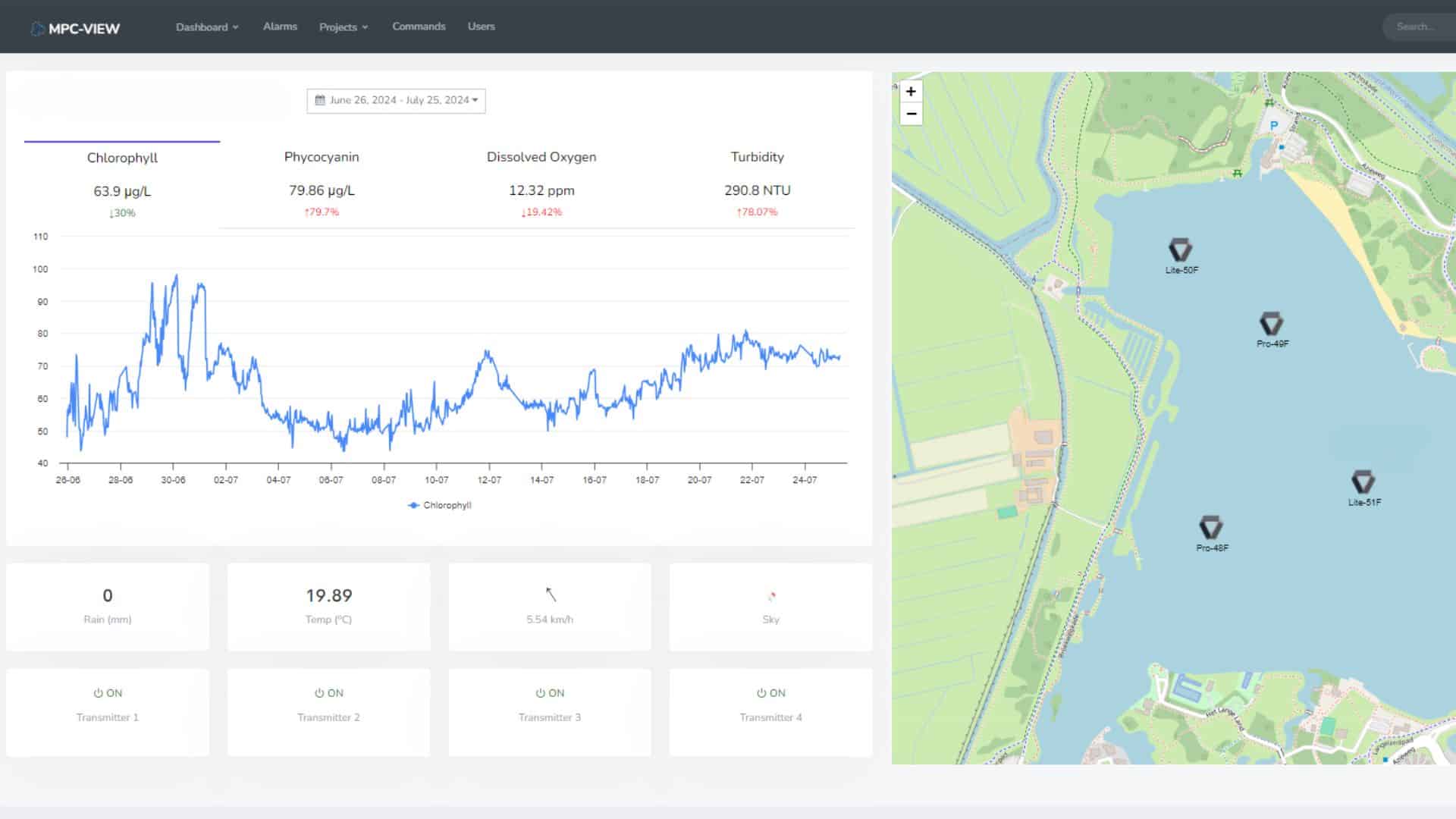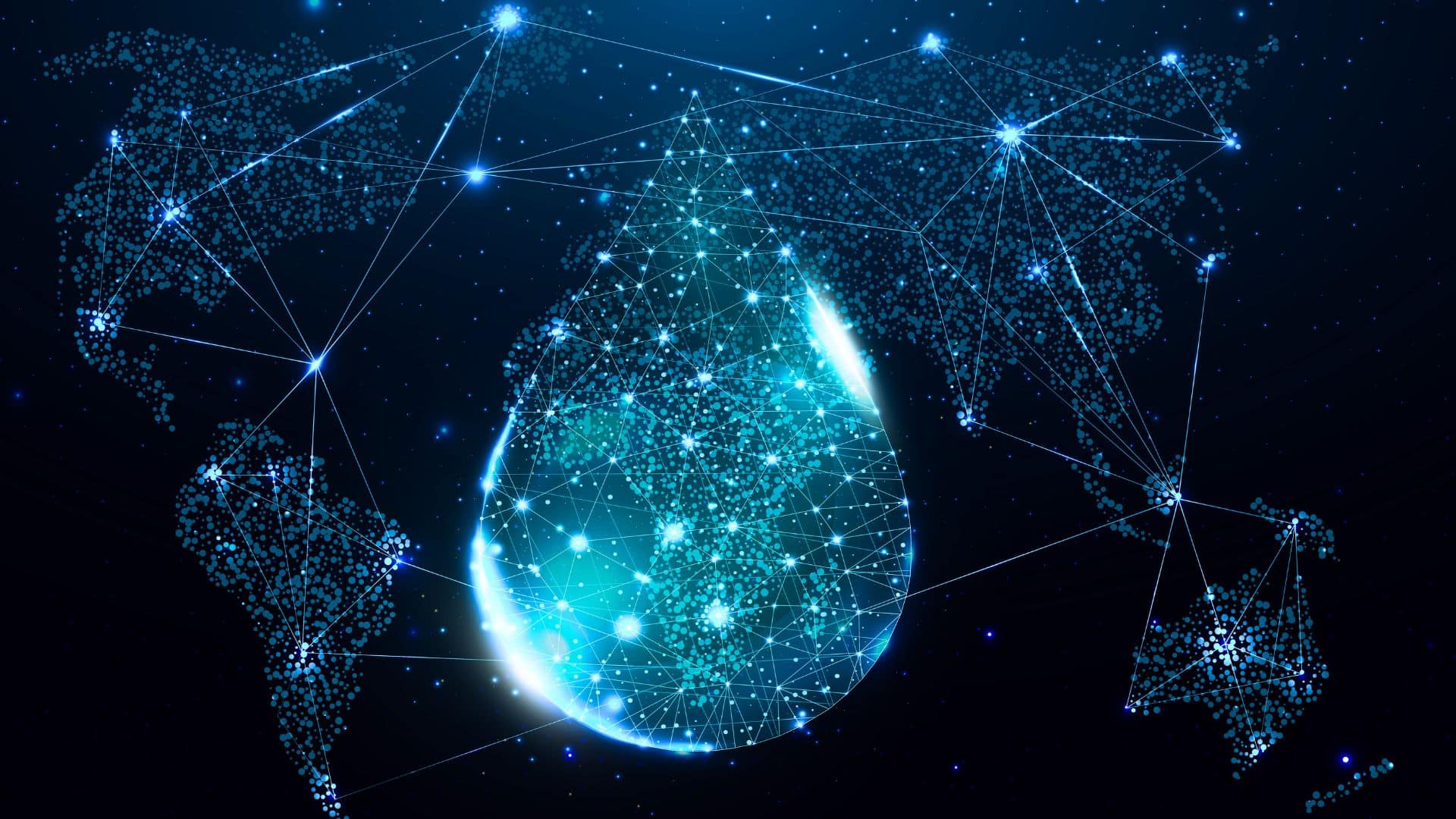Water is our planet’s most precious resource, essential for sustaining life. Yet, our water bodies face unprecedented challenges from pollution, climate change, and human activities.
World Water Monitoring Day, celebrated annually on September 18th, is a crucial reminder of the importance of protecting and preserving water resources for current and future generations. At LG Sonic, we recognize the critical role of monitoring in maintaining the health of our water ecosystems, and we are committed to advancing innovative solutions to support this goal.
The Importance of Monitoring Our Water Bodies
Water monitoring is crucial for effective water management practices. By continuously tracking various aspects of water quality and availability, water monitoring provides the data needed to make informed decisions about how to manage water resources.
It helps detect changes in water quality, track pollution sources, and prevent ecological disasters before they occur. This proactive approach is essential in a world where water scarcity and contamination are growing concerns.
When effective water management practices are in place, they help protect ecosystems and biodiversity. Additionally, they ensure that water remains safe for human consumption and support agriculture and industry by providing crucial data for optimal water use and management.
At LG Sonic, we leverage innovative technology to provide real-time, data-driven solutions that empower water managers to make informed decisions and take action to protect water bodies. Our solutions have made water monitoring more accurate, efficient, and comprehensive.
Advanced Water Quality Monitoring
At the forefront of our water monitoring efforts is the MPC-Buoy, an all-in-one solution designed to address the challenges of water quality management. The MPC-Buoy is a floating device that integrates real-time water quality monitoring, data analysis, and ultrasound technology to combat harmful algal blooms (HABs) in lakes, reservoirs, and other water bodies.

The MPC-Buoy continuously measures critical water parameters such as chlorophyll-a, turbidity, dissolved oxygen, pH, and temperature. This data is transmitted to a web-based software platform where it is analyzed in real-time.
If the system detects conditions favorable for algal bloom development, it automatically activates its ultrasound technology to target and neutralize the algae at an early stage. This approach effectively reduces the growth of harmful algae without using chemicals, safeguarding aquatic ecosystems and ensuring safe water quality.
To enhance its monitoring capabilities, the MPC-Buoy can be integrated with the Vertical Profiler and Phosphate Sensor. This combination creates a comprehensive solution for water quality management, offering both surface and depth-level monitoring while addressing nutrient pollution.
Vertical Profiler Integration
The Vertical Profiler is an automated system that complements the MPC-Buoy by providing detailed measurements of water quality at various depths. While the MPC-Buoy monitors surface conditions, the Vertical Profiler dives deeper, gathering data on temperature, dissolved oxygen, and other key parameters at different stratification layers. This combination ensures a more thorough understanding of the water column, enabling more accurate predictions of algal bloom conditions and informing more effective interventions.

Phosphate Sensor Integration
Phosphate levels are a critical factor in the development of algal blooms. By integrating the Phosphate Sensor with the MPC-Buoy, the system gains the ability to monitor and respond to nutrient pollution in real-time. The sensor measures phosphate concentrations, which are directly linked to the potential for harmful algae growth. When elevated phosphate levels are detected, the MPC-Buoy can automatically adjust its ultrasound interventions or trigger alerts for immediate action, further enhancing the effectiveness of the overall system.

Enhancing Monitoring with Remote Sensing
Remote sensing is integrated into our water quality monitoring solutions to enhance the coverage and accuracy of data collection. While our core technologies like the MPC-Buoy, Vertical Profiler, and Phosphate Sensor provide real-time, on-site measurements of critical water parameters, remote sensing tools extend the reach of our monitoring capabilities through:
Complementary Data: Remote sensing tools, such as satellite imagery and drone surveillance, are used alongside our in-situ devices to monitor water bodies from above. This provides a macroscopic view of water quality, helping to identify large-scale patterns, such as widespread algal blooms or changes in water temperature across a reservoir or lake.
Integration with On-Site Monitoring: Data collected from remote sensing tools can be integrated into our Water Window software platform. By combining satellite data with the real-time, localized measurements from the MPC-Buoy, Vertical Profiler, and Phosphate Sensor, water managers can gain a more comprehensive understanding of water quality dynamics. This integration allows for better prediction and early warning of potential issues, such as algal blooms or nutrient pollution, across larger areas.
Enhanced Decision-Making: The use of remote sensing enables water managers to make more informed decisions by providing a broader context. For example, while the MPC-Buoy may detect localized changes in chlorophyll levels, satellite imagery can show whether these changes are part of a larger regional trend, helping to guide more effective interventions.
Monitoring Hard-to-Reach Areas: Remote sensing is particularly valuable for monitoring water bodies that are difficult to access physically, such as large reservoirs, remote lakes, or areas with challenging terrain. This ensures that even the most inaccessible water resources are monitored effectively.
By integrating remote sensing with our advanced water quality monitoring technologies, LG Sonic provides a holistic approach to water management, ensuring that both local and large-scale water quality issues are addressed comprehensively.
Water Window: Centralized Data Management
Water Window is LG Sonic’s advanced software platform that brings all these technologies together in a centralized, user-friendly interface. By integrating data from the MPC-Buoy, Vertical Profiler, Phosphate Sensor, and remote sensing tools, Water Window offers a comprehensive overview of water quality parameters.
This platform allows users to visualize trends, analyze historical data, and set up automated alerts based on specific thresholds. Water Window enhances decision-making by providing real-time insights and predictive analytics, making it an indispensable tool for water management professionals.

Conclusion
World Water Monitoring Day highlights the significance of water management and the role of advanced technologies in safeguarding our water resources. The combination of real-time monitoring, remote sensing, and data analysis ensures that water bodies remain healthy and safe for all. By embracing these innovations, we can better protect our most vital resource, water, ensuring its availability and quality for generations to come.
